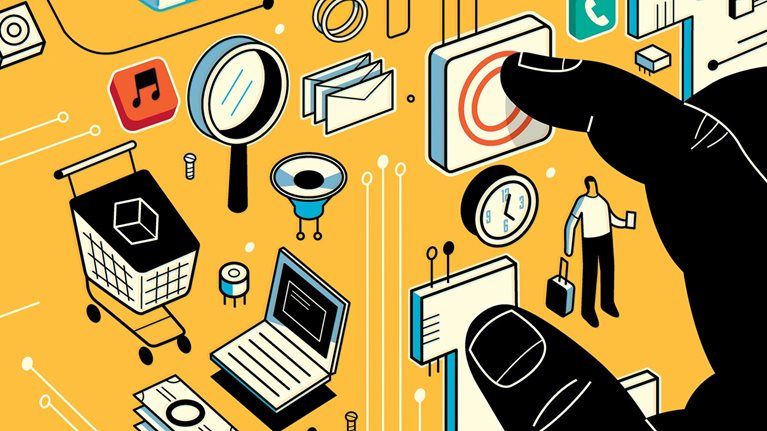It’s a postholiday tradition up there with returning unwanted gifts and vowing to exercise more: spending a few hours cleaning out your e-mail inbox. If you’re wondering why marketers seem intent on e-mailing you more and more, there’s a simple explanation: it works. E-mail remains a significantly more effective way to acquire customers than social media—nearly 40 times that of Facebook and Twitter combined (exhibit). That’s because 91 percent of all US consumers still use e-mail daily,1 and the rate at which e-mails prompt purchases is not only estimated to be at least three times that of social media, but the average order value is also 17 percent higher.2
E-mail is still a significantly more effective way to acquire customers than social media.

Of course, we’re not saying marketers should bombard you with mindless spam. And consumer behavior is shifting: McKinsey’s iConsumer survey3 reported a 20 percent decline in e-mail usage between 2008 and 2012 as a share of time spent on communications, with the medium surrendering ground to social networks, instant messaging, and mobile-messaging apps. Investments in these new channels are absolutely necessary for marketers to make increasingly sophisticated use of social networks and other channels to engage with consumers and convert interest to sales. However, marketers shouldn’t be too hasty in shifting budgets away from e-mail—they just need to take a few steps to harness the full power of the inbox.
1. Focus on the journey, not the click
Marketers often obsess over every aspect of every e-mail sent, from the subject line to visuals to copy. And they should—so long as they remember that e-mail is merely the first click (literally) in a consumer’s decision journey. The e-mail is part of a series of interactions with a brand, and marketers should be just as obsessed with where an e-mail sends the user. Why invest so much time in an e-mail only to drop the user onto a generic home page? Customized landing pages—which send the user directly to the item or offer featured in the e-mail—can increase conversion rates by more than 25 percent. And don’t forget mobile. Nearly 45 percent of all marketing e-mails today are opened on a mobile device.4 Yet many marketers fail to optimize landing pages for the platform. If you think that’s no big deal, consider this: Google says 61 percent of users are unlikely to return to a mobile site they had trouble accessing. And, even worse, 40 percent visit a competitor’s site instead.
2. Share the lessons
The best marketing organizations view every e-mail as an opportunity to learn more about their consumer. They define clear learning objectives for each campaign, capture data, and share it within the marketing group and the rest of the organization. One apparel company that markets through multiple channels recently implemented a monthly review of its e-mail campaigns in which marketers share three “hits” and three “misses.” These reviews are attended by marketers, merchants, and brand teams, with top lessons broadcast on closed-circuit TV screens throughout its corporate campus. “We want our team to share every lesson,” the head of direct marketing said. “If what we’re doing doesn’t work, we should celebrate finding that out.” As a result of this continuous learning process, the company is on course to double e-commerce revenue as a percentage of total sales without increasing its number of e-mail campaigns.
3. Get personal
Standing out certainly has become more difficult. While e-mail usage has declined, the volume of messages continues to rise: the number of marketing e-mails was forecast to reach a record 838 billion in the United States in 2013, according to Forrester. It’s no wonder relevancy should be a priority for every marketer. The best e-mails feel personal—and they are. Flash-sale site Gilt Groupe sends more than 3,000 variations of its daily e-mail, for example, each tailored based on past user click-throughs, browsing history, and purchase history. Of course, building true customization and targeting abilities is a transformative process that requires specific capabilities and supporting infrastructure. Customer information often lives in different parts of the organization and must be aggregated to create a single view of each consumer. A targeting engine must be built to guide the right message to the right person. And operations need to be ready for the change; creating and sending 3,000 e-mails a day is very different from sending one mass e-mail blast. Although it’s a lot of work, it drives real returns: one financial institution increased revenue from target segments by 20 percent by using life-cycle events to trigger personalized e-mails to existing customers; home-goods retailer Williams-Sonoma reported a tenfold improvement in response rates by adopting personalized e-mail offerings based on individuals’ on-site and catalog shopping behavior.


